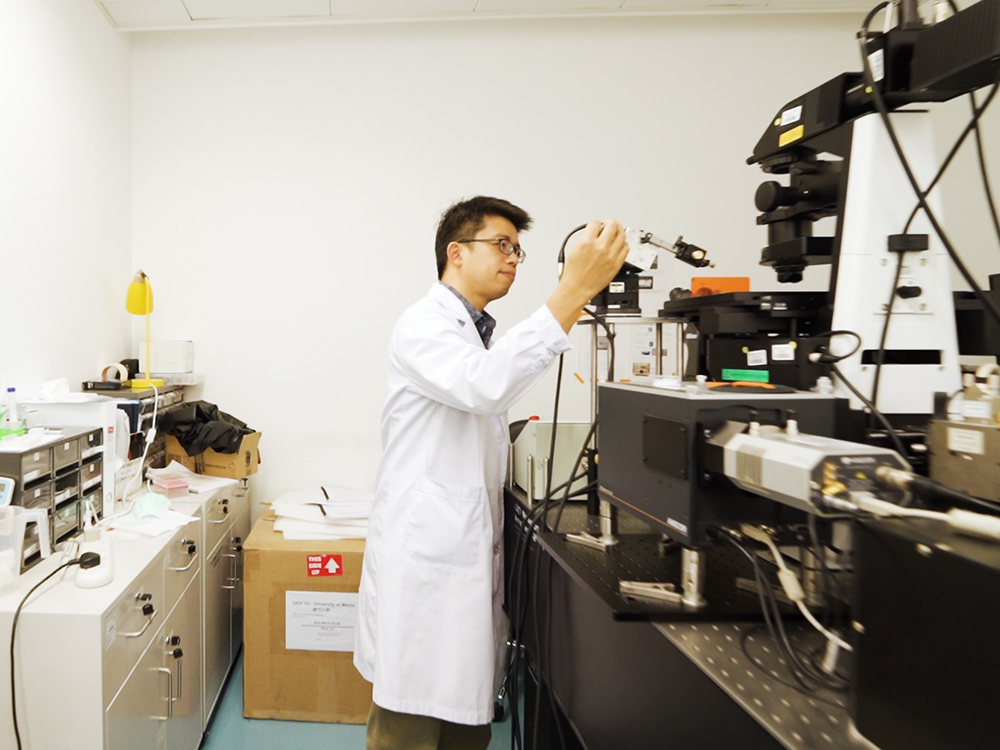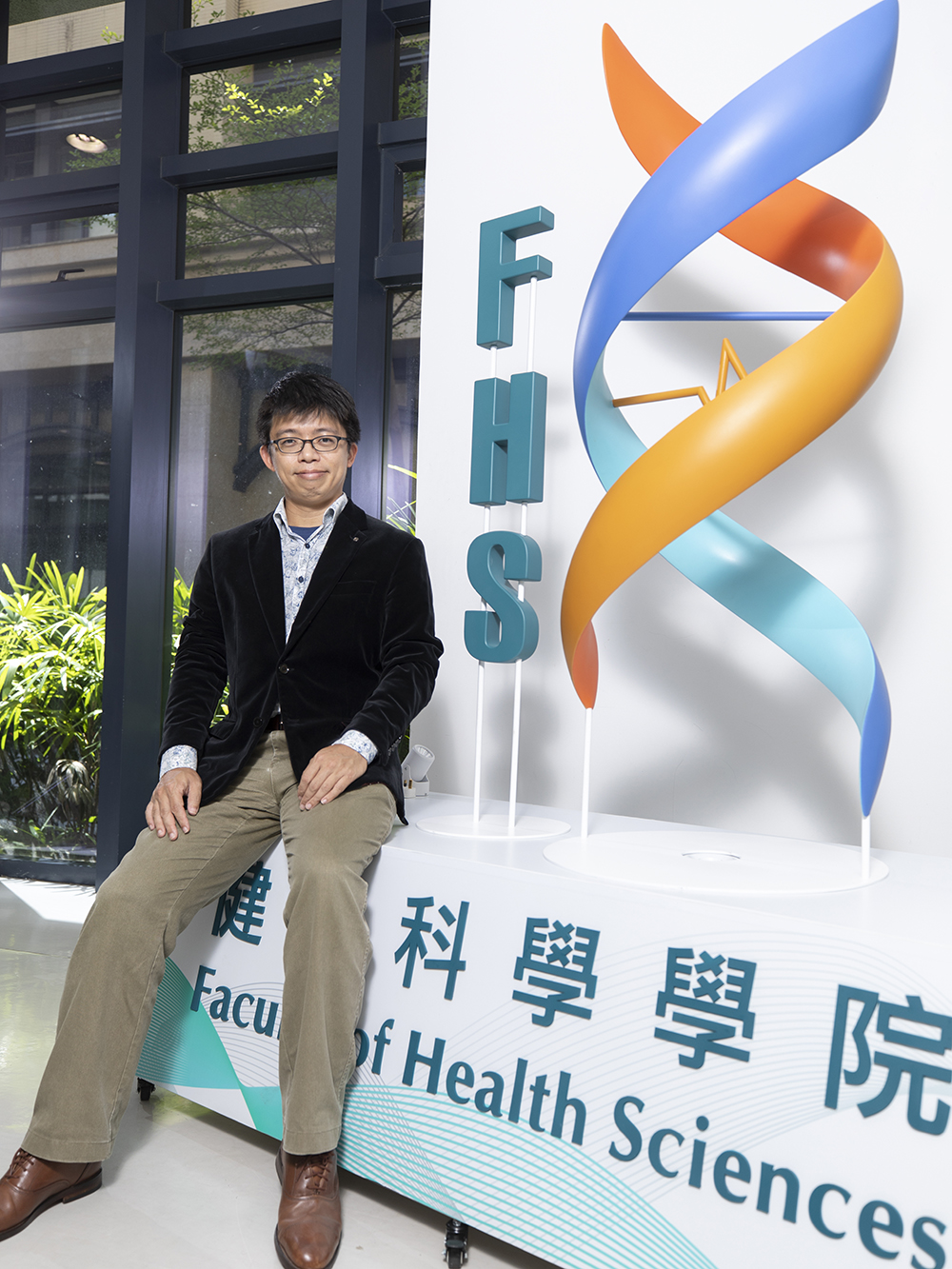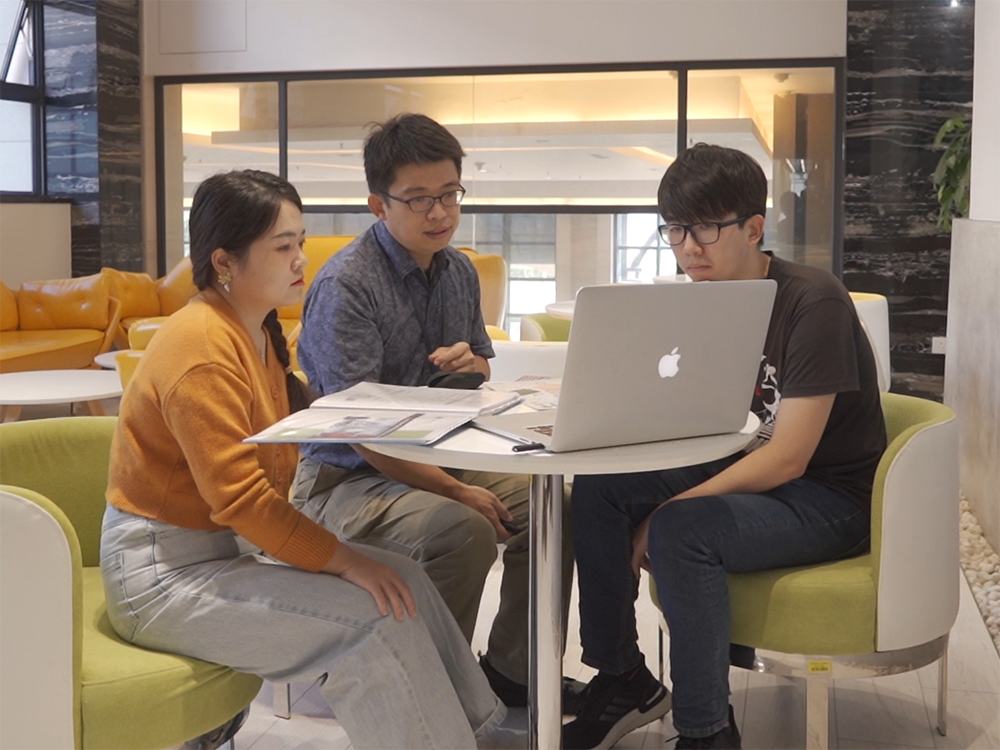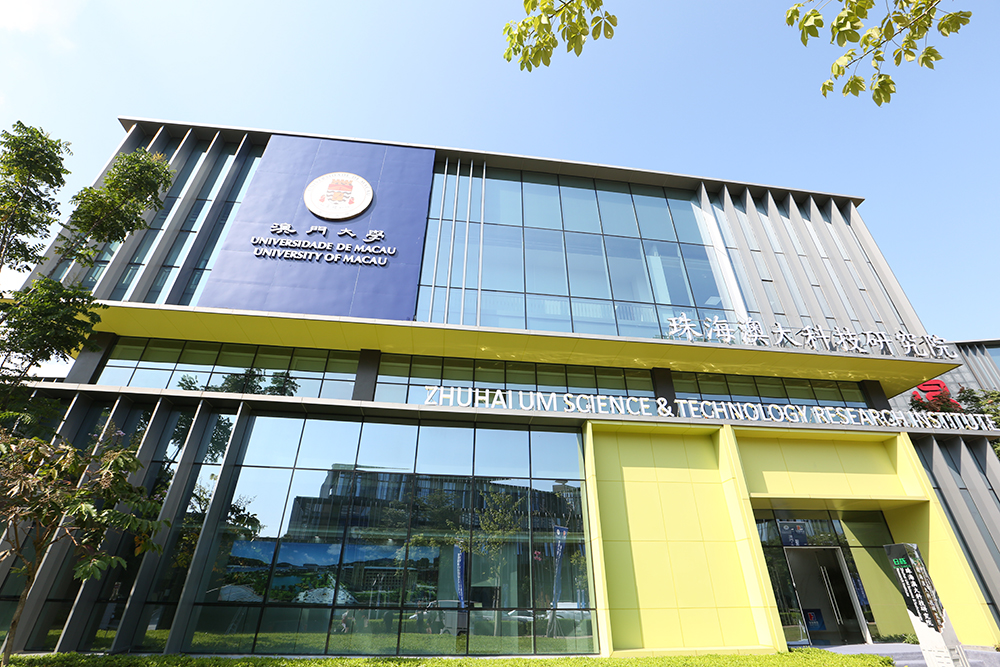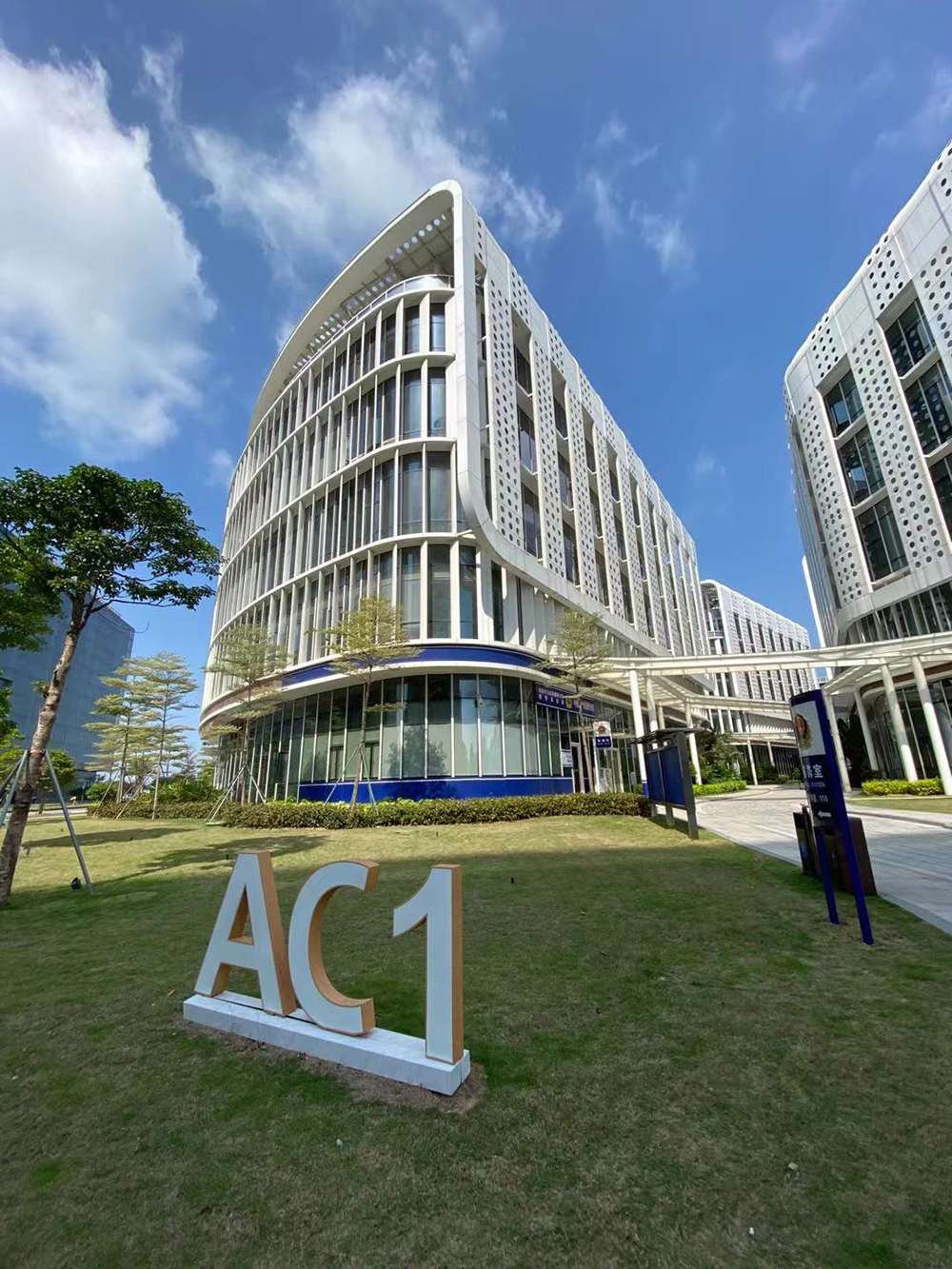In recent years, the University of Macau (UM) has been actively promoting the transformation of research results into products and services that can benefit the community. Through the Centre for Innovation and Entrepreneurship (CIE) under the UM Institute of Collaborative Innovation, Associate Professor Liu Tzu-Ming’s team has founded a hi-tech company called ‘Catydid’, which has developed a blood fluorescence detection technology for the early diagnosis of serious illnesses. Prof Liu hopes that the high-tech products developed by the company will create maximum value to the community.
Facilitating Early Diagnosis of Serious Illnesses
Established in 2017, the CIE aims to provide a platform for UM students and faculty members interested in innovation and entrepreneurship to transform their creative ideas into products and to provide support for innovation and entrepreneurship. In recent years, the centre has established partnerships with organisations as well as innovation and entrepreneurship incubators in the Greater Bay Area that serve the high-tech sector, working closely with research institutions and companies across the region. UM faculty members and students has founded more than 30 companies to facilitate technology transfer. Earlier, the centre also received approval to serve as a national co-working space.
Catydid is one of the companies incubated in the centre. The team has developed a medical product—a blood fluorescence monitor—which can see through the fluorescence in the blood to help doctors detect serious illnesses such as sepsis, shock, kidney failure, and heart failure at an early stage. In addition to the development of the blood fluorescence monitor, the team has also started a project to observe the microenvironment of tumours through a multi-photon microscopy platform, with a particular focus on the relationship between cancer cells and macrophages, in order to discover the pathology of tumours and help design targeted drugs to enhance the effectiveness of precision medicine for cancer.
Technology Transfer in Hengqin
Prof Liu holds a PhD degree from the Graduate Institute of Photonics and Optoelectronics. He joined UM in 2016. His main research interests include medical device development, embryonic development, tumour microenvironment, pharmacokinetics of nanomedicines, and intracellular cell counting of white blood cells. His team, Catydid, won the Outstanding Award in the Seventh China Innovation and Entrepreneurship Competition (Jiangsu Region) and the Sixth Biomedical Industry Technopreneurship Competition in Jiangsu. He says: ‘We began to do some preliminary design and planning with the manufacturer last year and we have been using laboratory equipment to do Proof of Concept for a while. We hope to finish developing the machine and assembling it into a system that can be used in hospitals.’ He says the team will first create one or two prototypes of the blood fluorescence monitor, and after passing safety trials in hospitals, the team will carry out technology transfer in the Hengqin Industrial Park, with the aim of promoting the product in the entire Greater Bay Area.
Creating Greater Social Value with Knowledge and Technology
One step to transforming research results into products and services that can benefit the community is to establish a complete intellectual property rights management system. In 2018, the Research Services and Knowledge Transfer Office (RSKTO) at UM was restructured to strengthen research services and intellectual property rights protection. In the same year, the Regulation of Management of Intellectual Property for University of Macau and the Rules of Management of Intellectual Property for University of Macau were formulated to effectively protect and extend high-quality research results. In addition, in 2019, the university’s wholly-owned company, UMTec, was restructured to be responsible for the management and industrialisation of UM’s intellectual property rights.
Prof Liu says that the university provides great support to research teams formed by faculty members and students. ‘UM professors come from around the world and they have developed many new technologies,’ says Prof Liu. ‘As the technologies become more sophisticated, there is a need to think about how to help patent the intellectual property and how to transfer the results to the market, and the Institute for Collaborative Innovation, the RSKTO, and UMTec can help students and faculty to realise technology transfer.’
In March 2019, UM and the Hengqin New Area Administrative Committee signed a collaboration agreement, under which both parties built UM’s first industry-academia collaboration base in the Greater Bay Area through Zhuhai UM Science & Technology Research Institute. At the base, a number of UM-developed technologies are being actively commercialised through collaboration with the local government and companies. Prof Liu believes that the future of the Greater Bay Area will be an integrated economy, and that the university’s industry-academia collaboration base in Hengqin will help promote the development of companies founded by UM faculty and students in the Greater Bay Area. He says: ‘We hope that some of the knowledge we create or the technologies we develop can be turned into an industry that will generate greater social value for the Macao community and for the Greater Bay Area.’
Source: My UM e-version

